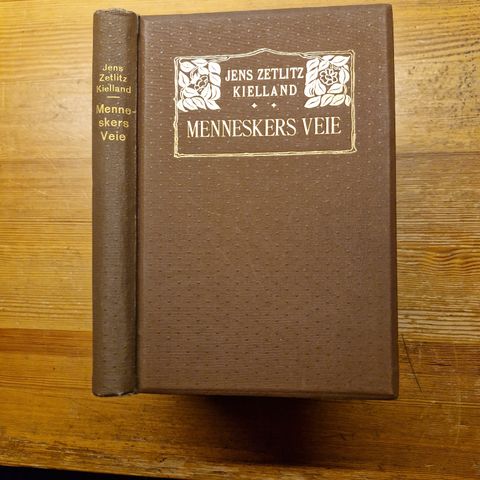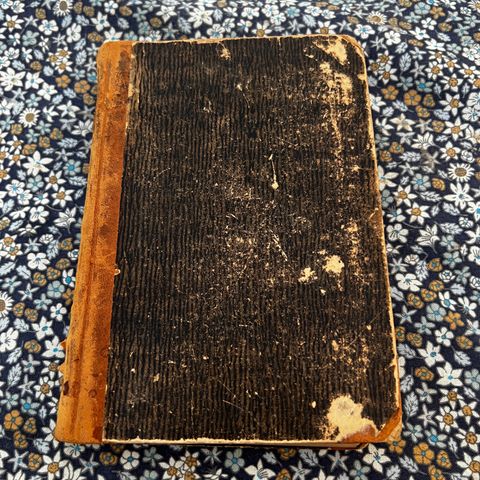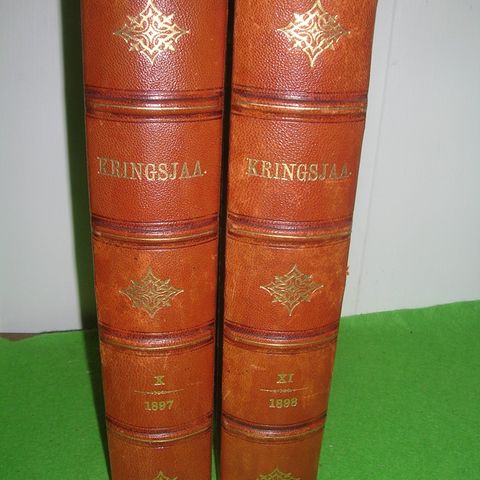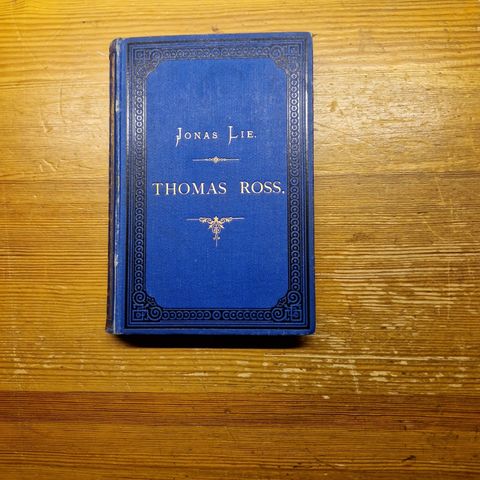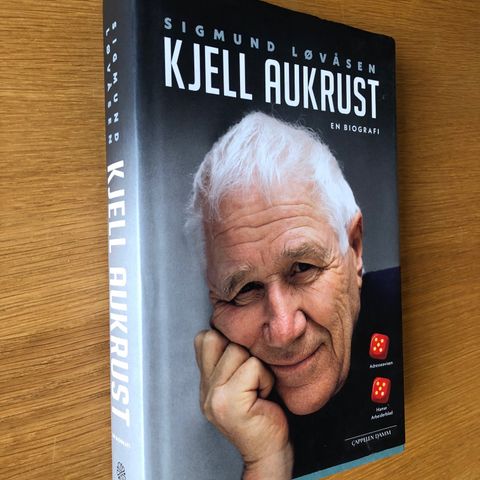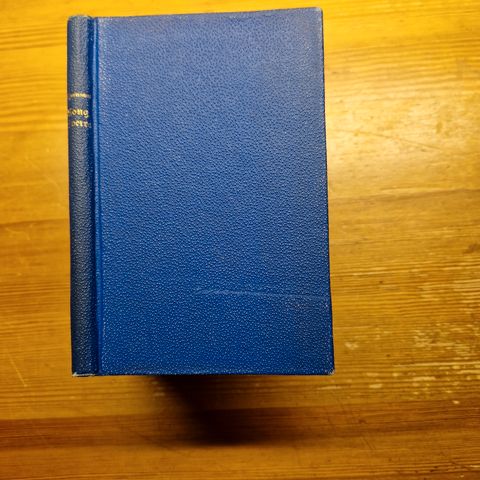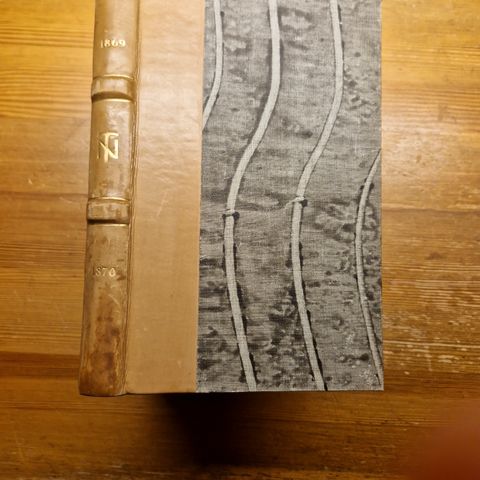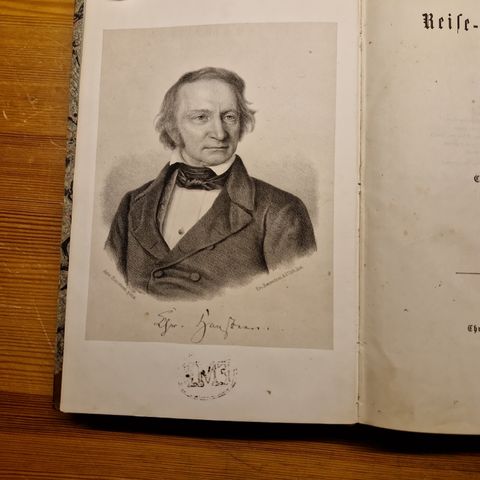Bildegalleri
Современный плакат Латвии - Modern posters of Latvia
Beskrivelse av varen
Boken " Современный плакат Латвии" (Modern posters of Latvia). Utgitt i 1989. 110 sider. 172 illustrasjoner. Russisk tekst.
Selges for 150,- kroner
Porto: 69,- kroner (Postnord)
------------------------------------------------------------
The 1970s and 1980s were the most notable period in Latvian poster art, with posters not only performing an informative function but were sovereign works of art in the graphic design genre. Several generations of poster artists were active at the same time, creating a particularly dense landscape of outstanding works. Among the most accomplished artists of that period were Juris Dimiters (1947), Ilmārs Blumbergs (1943–2016), Gunārs Kirke (1926–1993), Laimonis Šēnbergs (1947), Georgs Smelters (1942–2014) and others.
After the famous 1962 Manezh exhibition in Moscow, where artists, trying to make use of the relaxing of the ideological strictures had exhibited works that reflected some of the latest trends in Western art, but met with Khruschev’s indignation, new restrictions were once again placed on painting and sculpture. Some artists therefore chose design, architecture or applied arts, where the atmosphere was more relaxed and more abstraction and modern tendencies were tolerated. Poster art was also flourishing in other countries of Eastern Europe, particularly in Poland. Latvian artists knew very well what was happening there and were influenced by it. Posters were easy to transport and could be sent by post, therefore Latvian artists could take part in foreign competitions where they sometimes won prizes.
The 1963 poster for Leo Kokle’s (1924–1964) exhibition by Gunārs Kirke is widely considered the beginning of modern Latvian poster art. In 1966, the First Poster Exhibition took place. Alongside posters commissioned and reproduced by official state institutions appeared the poster as an original work of art, commissioned by the artist himself.
In the 1970s, posters for various cultural events, particularly theatre performances and art exhibitions, were predominant in poster art. Sophisticated painterly and graphic techniques were used to lend a deeper meaning to the images and signs. It was assumed that a poster depicts its author’s personal view on matters. In 1974, Laimonis Šēnbergs’ poster “Man’s Thought for Progress” received international recognition at the Warsaw Poster Biennale. Along with Laimonis Šēnbergs, the most outstanding poster artists in this decade were Ilmārs Blumbergs, Juris Dimiters, Georgs Smelters, Gunārs Zemgals (1934−2018) and Gunārs Lūsis (1950).
The 1980s was the golden decade of Latvian poster art, with a particularly sophisticated image, emotionally expressive content and communicating a socially responsible message. The beginning of the decade was marked by extremely fine visual aesthetics and an intellectual message, but its end saw very journalistic posters with blunt and grotesque expressivity. The most notable artists of the period were Andris Breže (1958), Ivars Mailītis (1956), Ojārs Pētersons (1956), Juris Putrāms (1956), Visvaldis Asaris (1960), Vilnis Piķis (1958), Kristiāns Šics (1961) and Egils Vītols (1961–2010).
In the 1990s as the political and economic system changed in Latvia, posters returned to their utilitarian role. Exhibitions and competitions were held to reanimate their social and artistic value, but contemporary artists and designers could again freely use other media and means to express themselves.
https://kulturaskanons.lv/en/archive/latvijas-plakati/
- - - - - -
Latvia er en republikk i Nord-Europa, ved Østersjøen. Landet grenser til Estland i nord, Litauen i sør, Russland og Belarus i øst og Østersjøen i vest.
Hovedstaden er Riga. Latvia er en av de tre baltiske stater. Landet er på størrelse med Svalbard og har to millioner innbyggere. Landet var selvstendig fra 1920 til 1940, da det ble invadert av Sovjetunionen og lagt under sovjetisk styre.
I 2004 ble Latvia medlem av EU og NATO, og er siden 2014 en del av eurosonen. Offisielt språk er latvisk.
Navnet Latvia knyttes til en av stammene som befolket området nevnt i kilder på 1000-tallet, men er først brukt siden andre halvdel av 1800-tallet som betegnelse på nasjonen.
- - - - -
Plakater forekommer helt tilbake i oldtiden (Pompeii), men spiller først en rolle som kunstart fra slutten av 1800-tallet, samtidig med fargelitografiets gjennombrudd. Plakatkunsten ble en motesak, og med kravene til klare fargeplan, fast kontur og todimensjonal effekt falt utviklingen sammen med maleriets i 1880- og 1890-årene (se syntetisme).
Den moderne plakatkunsten utgår fra Frankrike, hvor kunstnere som Jules Chéret, Henri de Toulouse-Lautrec og Théophile-Alexandre Steinlen var banebrytende. Viktige kunstnere fra Storbritannia var blant annet Aubrey Vincent Beardsley og Ben Nicholson, fra Tyskland Franz von Stuck, Thomas Theodor Heine og Emil Orlík (1870–1932). Sentrale norske kunstnere var Olaf Gulbransson, Gerhard Munthe, Brynjulf Larsson og Per Krohg.
I etterkrigstiden har særlig Polen markert seg som et foregangsland for plakatkunst. I 1960- og 1970-årene fikk plakaten en ny blomstring også i USA og Europa, blant annet i sammenheng med amerikansk popkunst, politisk kunst (Kleiva, Groven med flere) samt psykedelisk kunst.
Du må være logget inn for å se brukerprofiler og sende meldinger.
Logg innAnnonsens metadata
Sist endret: 22.2.2025 kl. 14:35 ・ FINN-kode: 394806803








